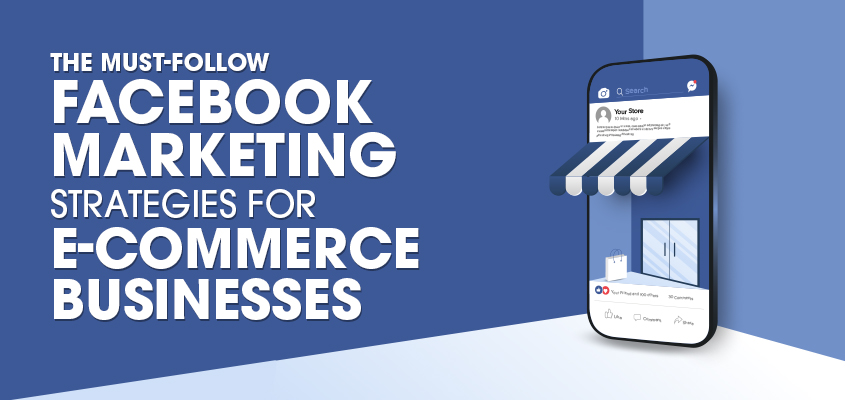1. Outline your audience
To engage your audience effectively, you’ve got to recognize whom you’re talking to first. Get to know whom your target audience is by asking yourself the following: How old are your target followers (mostly)? Where do they live (location)? What kind of jobs are they doing? What challenges are they facing? How and when do they use Facebook most?
Of course, it’s also significant to understand the general demographics of Facebook users. Then, once you’ve got a feeling of who is using the platform and how that links to your target customer, you must look at Facebook Audience Insights.
Facebook’s free, built-in Audience Insights tool will help you drill down into the nitty-gritty details about possible customers. You can use it to find info on things like Age, Gender, Education, Relationship Status, Location, Language, Facebook usage, and Past purchasing activity.
After all, if you don’t know whom you’re trying to reach, you’re not likely to ever get them.
2. Set goals for Facebook marketing
What does success look like for your brand/company? Sure, it can be hard to look at Likes as the ultimate measure of accomplishment, but if they’re not part of a broader marketing plan, those likes aren’t much of anything. Sometimes they are even called a vanity metric.
A sturdy goal that’s tied to your business objectives is vital for creating an effective Facebook marketing strategy. Every business will have diverse goals, but each should focus on actions that affect its bottom line.
This may include: Generating leads, Increasing conversions on your website, Improving customer service. Once you’ve decided what you want to accomplish, it is easy to map out precise, measurable ways to get there. Every post, every comment, every ad you create on Facebook should in the end be in service of your goals. To keep yourself on track, it’s a good idea to create a Facebook mission statement for your brand/company, as well as a Facebook-style guide that can inform a steady look, feel, and voice of your brand/company for all of your content.
3. Plan your content mixture
You’ve got your target audience now. You do know your goals. Now it’s time to craft those Facebook posts.
Defining the right mix of content takes trial and error, but a good rule of thumb is to use the “80-20 Rule”: that means using 80% of your posts to update, educate and entertain, and the other 20% to promote your brand/company.
That’s right: not every post should be about how great your business is. That gets old fast, like talking about the same topic for an entire day. Instead, set your objectives to provide value and build relationships with your Facebook followers. Feed them with content that they will enjoy regularly, and they will be more open-minded to hearing about your products and services when you do bring them up 20% of the time.
Another great option to help guide your content mix is the social media rule of thirds. Under this school of thought, one-third of your content must share ideas and stories, another one-third of your content must contain personal interactions with your followers, and the rest of content you can use to promote your business/company.
Whatever exact numerical mix you wind up with, the goal is to set balanced promotional material with value.
Once you’ve decided what to post, determining when to post it is your next step.
You can gather some insight on engagement from Page Insights, but our research shows that the best time to post on Facebook is at 6:15 AM and 12:15 PM PST on weekdays.
Whatever your agenda, keep in mind that it’s important to post constantly.
There are more. Let’s see what are they in the next article.

